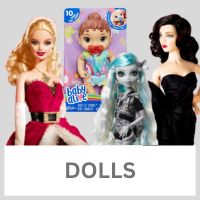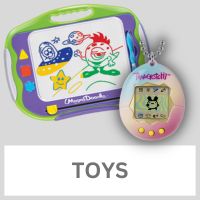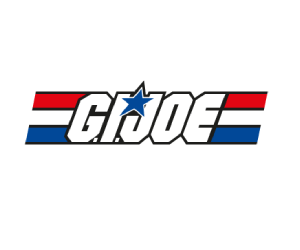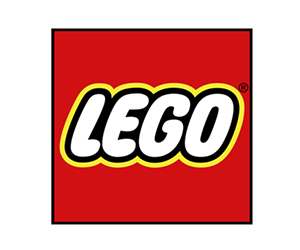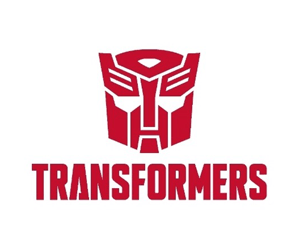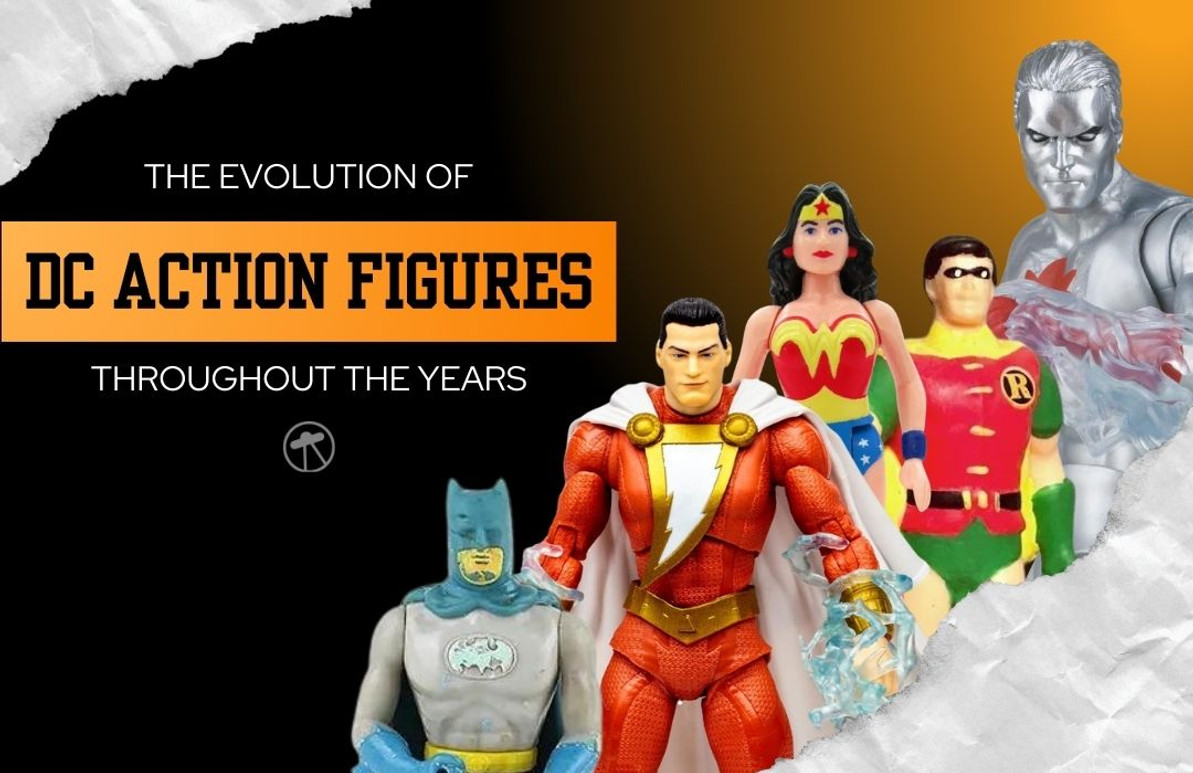The Evolution of DC Action Figures Throughout the Years
Action figures based on DC Comics superheroes have been popular toys for over 50 years. From the vintage Mego figures of the 1970s to the highly articulated models of today, DC action figures allow fans to recreate their favorite comic book adventures.
This article will explore the evolution of DC action figures decade by decade, highlighting key toys and how they reflected the characters and storylines of each era.
1960s: The Dawn of DC Action Figures
The first DC action figures emerged in the mid-1960s. One of the earliest was Ideal's Captain Action, a 12-inch figure with costumes to transform him into DC heroes like Superman, Batman, and Aquaman. These early figures had limited articulation and crude sculpts, but laid the groundwork for better toys to come.
In 1964, Marx Toys released 8-inch figures of Superman, Batman, Robin, and Wonder Woman based on their appearances in the popular 1966 Batman TV series. These vinyl figures had basic articulation and removable cloth outfits. Their success paved the way for more DC-based figures through the late 1960s.
Highlights from this era include larger Mego dolls of Batman, Robin, Joker, Penguin, and Catwoman with detailed cloth costumes. The crude early sculpts captured the essence of characters and fueled kids' imaginations.
1970s: The Mego Era
The 1970s were the heyday for Mego action figures. In 1972, Mego secured the DC license and released the "World's Greatest Super Heroes" line. The initial wave included 8-inch figures of Superman, Batman, Robin, Aquaman, and Wonder Woman. These posed a leap forward in quality with detailed sculpts, fabric costumes, and good articulation.
Mego expanded the line rapidly, adding heroes like Green Arrow and villains like Lex Luthor and Brainiac. Mego also produced playsets like the Fortress of Solitude and Batcave to house ever-expanding collections.
In 1974, Mego debuted a groundbreaking "Secret Identity" line. This featured alter egos like Clark Kent, Bruce Wayne, and Diana Prince. Kids could now act out their favorite heroes switching between civilian and superhero identities.
The Mego era set the standard for merging accuracy to comics with interactive play. Mego's 8-inch scale and high-quality sculpts capture this classic period in DC history.
1980s: The Dawn of Smaller Scale
The early 1980s brought a shift toward smaller action figures. Kenner produced 6-inch Super Powers figures featuring DC's classic pantheon of heroes. Using then-advanced molds and designs, Super Powers captured the look of characters like Superman, Batman, and Wonder Woman in vivid detail.
Kenner added play value with action features like spring-loaded punches and kicking actions. The inclusion of villains like Lex Luthor and Brainiac made for exciting hero/villain showdowns. The Super Powers line brought DC action into a smaller scale kids could easily manipulate and display.
This era also saw the rise of foreign toy companies producing unauthorized DC figures. Top Toys of Brazil created a line of 4-inch DC figures that were widely imported to America. Though lacking licensing, these figures emulated characters with charm.
1990s: The Dark Knight Returns
In 1989, Tim Burton's Batman movie sparked a resurgence of DC action figures. Kenner produced a 6-inch movie figure line covering Batman, Joker, and other film characters. The success paved the way for diverse DC toy lines in the 1990s.
Toy Biz obtained the DC license and generated massive lines like DC Super Heroes and Total Justice in 3.75-inch scale. Characters like Green Lantern and Hawkman finally got affordable figures alongside A-listers like Batman and Superman.
The most striking figures came from Kenner's Batman: The Animated Series line. Using designs from the acclaimed cartoon, these vividly captured Batman, Joker, Poison Ivy and more in a unique animated style. This was also the era when Harley Quinn and other original characters made their debut in figure form.
2000s - Now: The Age of Detail
Recent decades have seen huge advances in sculpting, articulation, costuming, and character selection. DC action figures have morphed into small works of 3D art.
Companies like DC Collectibles and Mattel have created 6-inch and 7-inch film accurate figures from properties like Christopher Nolan's Dark Knight trilogy. Details like Batmobile replicas and life-like head sculpts capture Batman and Joker as never before.
The diversification of DC Comics in the 2000s opened new avenues. Movie figures gave way to popular video game series like Injustice and Batman: Arkham Asylum. Companies tapped into DC's past with retro lines like DC Retro Action Figures reproducing Mego-style heroes.
The boom of online fandom drove the market for more obscure characters. Crowdfunding platforms like Kickstarter offered unique collector's figures of forgotten heroes through boutique companies. The depth of characters represented in figure form expanded exponentially.
The Miniaturization Trend
Recent years have moved even smaller in scale. Lego produced buildable minifigure versions of major DC characters starting in 2006. Following suit, brands like Funko and Kidrobot have created highly collectible lines of mini DC figures in the 3-inch range.
These allow fans to collect entire miniature character worlds at affordable prices. The evolution continues with current offerings like McFarlane's highly detailed 7-inch "action doll" DC figures.
The Rise of Poseable Figures
In the early 2000s, toy companies started producing DC figures with vastly increased articulation and poseability compared to the stiff toys of old. This allowed collectors to put characters in dynamic stances and recreate comic-accurate poses.
DC Direct led the charge with offerings like their Crisis on Infinite Earths figures in 2006. Popular characters like Superman and Wonder Woman now had over 25 points of articulation for nuanced posing. DC Direct also introduced key technical innovations like seamless shoulder joints and abdominal crunches to enhance flexibility.
The growing adult collector market drove demand for more poseable figures you could "play" with to recreate epic comic moments. Companies like Mattel delivered with its DC Universe Classics line.
Starting in 2008, this line offered hyper-poseable 6-inch versions of fan-favorite heroes and villains. Hardcore collectors loved the mix of A-List and obscure characters alongside the articulation advances.
Poseability hit new heights with Japanese import companies like Maitoys and Medicom. Their cloth-clad 12-inch versions of Batman and Superman brought lifelike movement and intricate detail. The bar kept rising as each company tried to top the articulation and engineering of competing lines. This poseable figure era let fans finally manipulate their heroes into literally any imaginable position.
The Introduction of Affordable Toy Lines
DC action figures were once premium playthings limited to birthdays and holidays. But the 2000s saw an increase in mass market toy lines that made figures very affordable for parents.
Hasbro led the way with low cost-per-figure lines like DC Superheroes for its popular 3.75-inch scale. Mattel followed suit with its 6-inch DC Universe line offering detailed sculpts at impulse-buy price points.
This made action figures more accessible to a generation of kids. They could now readily collect entire teams like the Justice League for low prices. Dollar store toy offerings also brought crude, but cheap, DC-themed figures into mainstream outlets.
For collectors, more extensive but inexpensive options emerged like Mattel's DC Unlimited Planet Heroes line. This made minor characters like Beast Boy and Blue Beetle readily available for customizing and collecting. Overall, the last 20 years have seen a democratization of DC action figures thanks to major toy companies offering a budget path to building epic collections.
The Emergence of Heroic Female Figures
Female representation greatly increased over the decades to align action figures with stronger comic roles for heroines.
Early lines often included just token female figures like Wonder Woman. But recent decades brought many more heroic options. Companies like DC Collectibles have spotlighted female-centric lines such as their Bombshells series featuring stylized, retro pinup versions of heroines.
Individual heroes like Supergirl, Batgirl, and Zatanna have gotten much more toy love. Obscure heroines like Big Barda and Madame Xanadu have their own figures now too. A new generation has emerged of more diverse heroes in DC Comics ultimately opened the doors to more inclusive action figure offerings.
Stylized vs. Screen-Accuracy
There has always been a dichotomy between comic stylization and screen-realism. Toy companies have toggled between the approaches over the decades.
The vintage Mego figures capture the graphic style of 1960-70s DC comics with their colorful costumes and defined musculature that popped off the pages.
In contrast, modern figures produced in conjunction with DC's live-action media go for extreme screen-accuracy. Today's Batman and Joker figures precisely mimic actors' likenesses from the films.
But companies also love to explore artistic license and alternate styling. Series like DC Designer Series and DC Artists Alley put a unique spin on characters in signature styles. Funko's "Pop!" vinyl DC figures offer cute, stylized takes on heroes in a distinct collectible aesthetic.
This range of stylistic vs. realistic approaches provides collectors great variety. Some fans want comic book or cartoon accuracy, while others prefer the gritty life-like look. DC's style diversity is a key factor spurring so many varying action figure interpretations.
Conclusion
DC action figures have progressively kept pace with comics, films, and TV to represent heroes and villains in endless incarnations. As DC evolves, toy makers large and small will continue reimagining the DC Universe in plastic form. From the crude 1960s figures to today's near life-like offerings, DC toys have allowed fans to connect with favorite characters across decades by imagining new adventures on their own.
As technology and storytelling progresses, future action figures will likely offer even more intricate detail and articulation. But for many collectors, the most charming representations will remain the early pioneering toys that made believable versions of Superman and other heroes possible for the very first time.
Frequently Asked Questions
What was the first DC action figure?
One of the very earliest DC action figures was Ideal's 12-inch Captain Action figure produced in 1966. Captain Action came with costumes to transform him into DC characters like Superman, Batman, Aquaman, and Green Arrow.
Which company made the most influential early DC action figures?
That would be Mego. Their "World's Greatest Super Heroes" line, first released in 1972, set the standard for bringing DC superheroes like Batman, Robin, Superman, Wonder Woman, and others to life in detailed 8-inch action figure form with good sculpts and articulated limbs.
How did DC action figures change in the 1980s?
The 1980s saw DC action figures shift to smaller scales around 6 inches or less. Kenner's popular Super Powers line introduced smaller 3.75-inch figures with action features like spring-loaded punches. This allowed improved articulation and more display potential than the older 8-inch Mego figures.
What were some key innovations of 1990s DC action figures?
The 1990s saw great strides in detailing and articulation as toy makers built on 1980s innovations. Kenner's Batman: The Animated Series line used screen-accurate designs to capture the look of the iconic cartoon. Total Justice and DC Super Heroes lines allowed fans to get detailed figures of obscure and lesser-known DC heroes and villains for the first time.
How have DC action figures evolved since the 2000s?
Recent DC figures have focused on screen-accuracy and hyper-detail in 6-7 inch scales. Companies like DC Collectibles have created figures precisely modeled after actors in DC live-action movies.
There is also a trend toward miniaturization, with Funko and Lego producing smaller-scale collectible DC figures. A wider range of obscure characters are now represented as well thanks to online fandoms.
Recent Posts
-
The Iconic Barbie Collaboration with Bob Mackie and Cher
Imagine a world where fashion, glamor, and pop culture icons collide in the most fabulous way possib …Apr 24th 2024 -
Marvel Legends Action Figure Collecting Guide: Where to Find Deals and New Releases
If you're reading this, chances are you've caught the collecting bug and are on the hunt for the coo …Apr 22nd 2024 -
10 Must-Have DC Universe Action Figures for Beginner Collectors
Are you just starting your DC Universe action figure collection? With hundreds of characters spannin …Apr 22nd 2024


